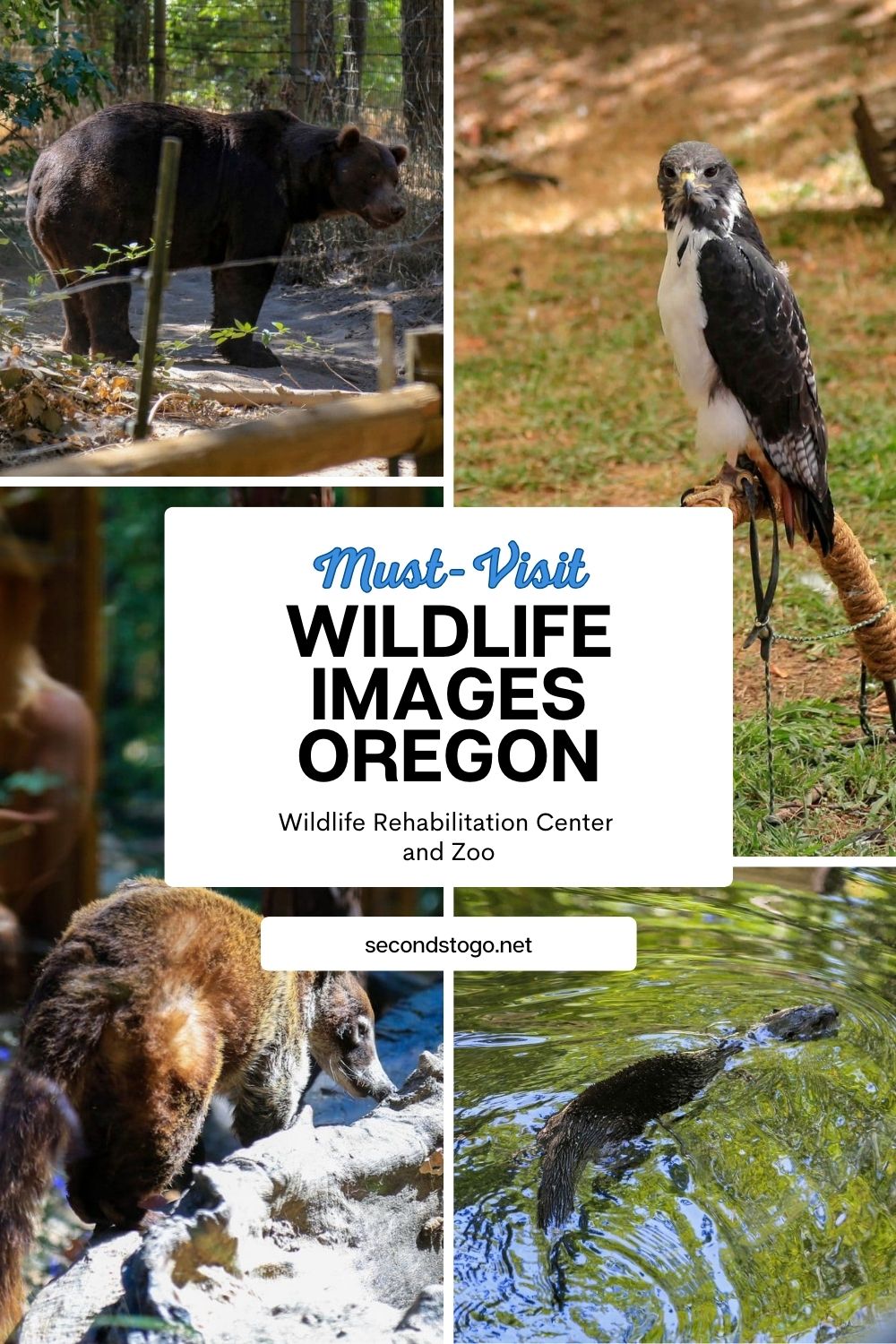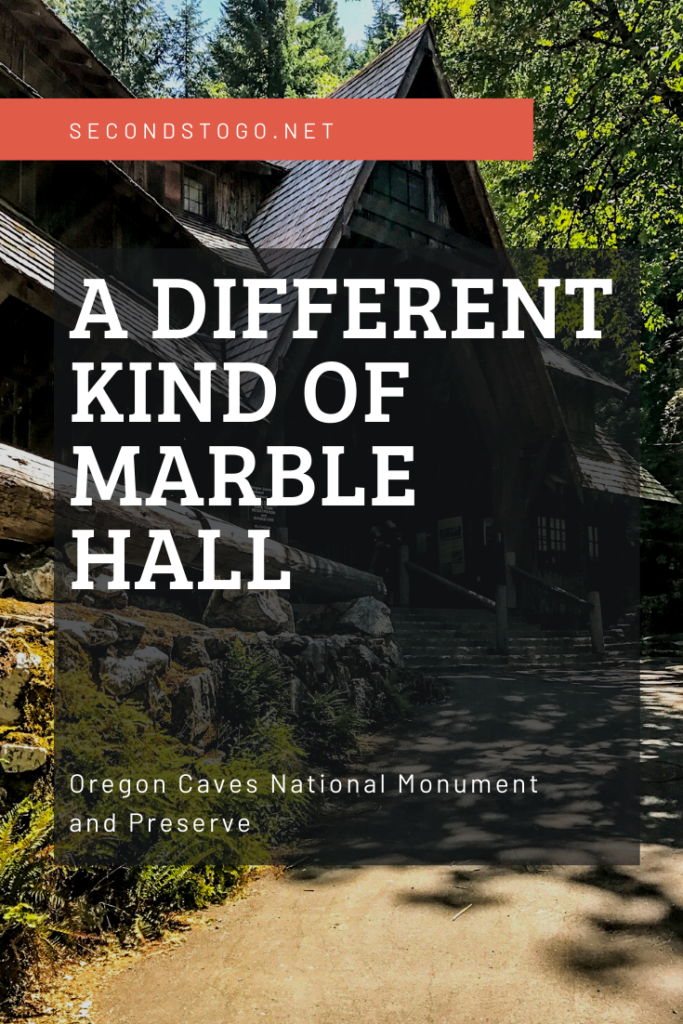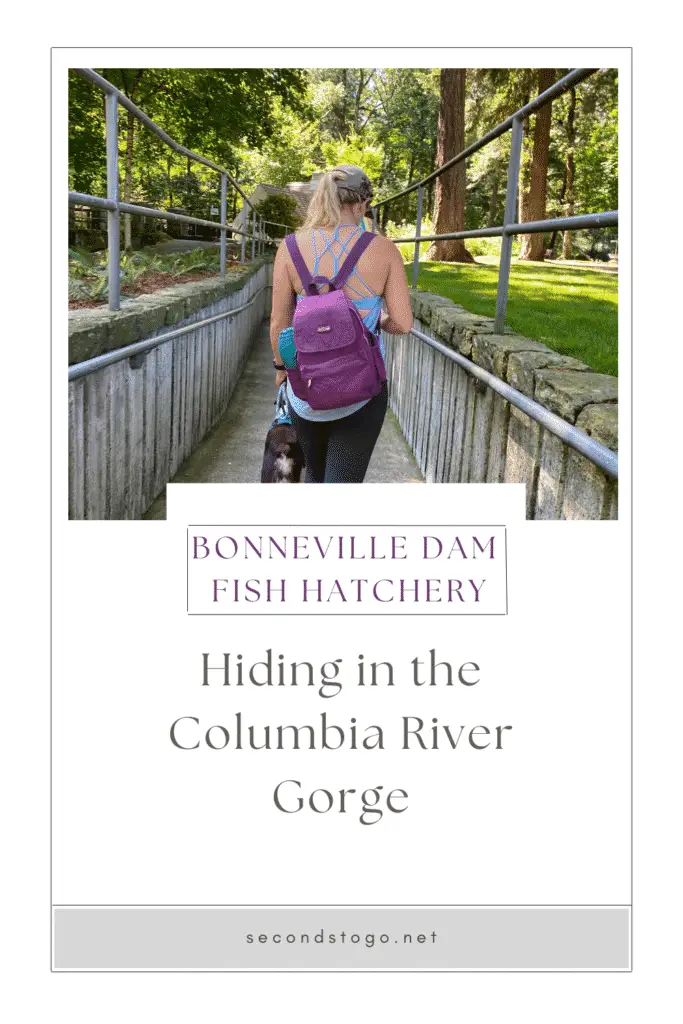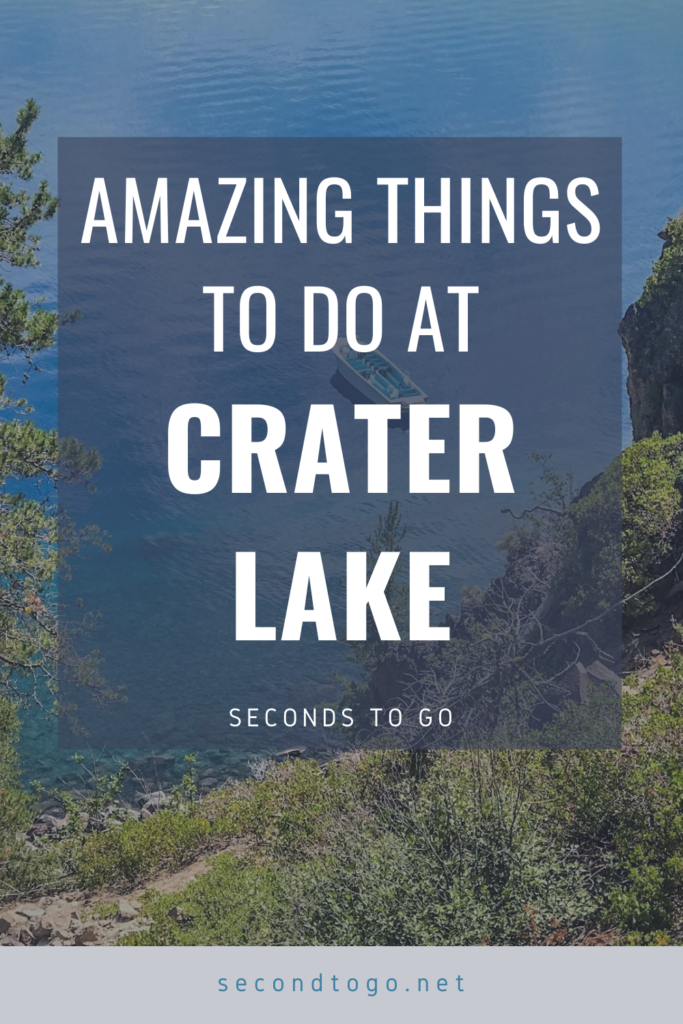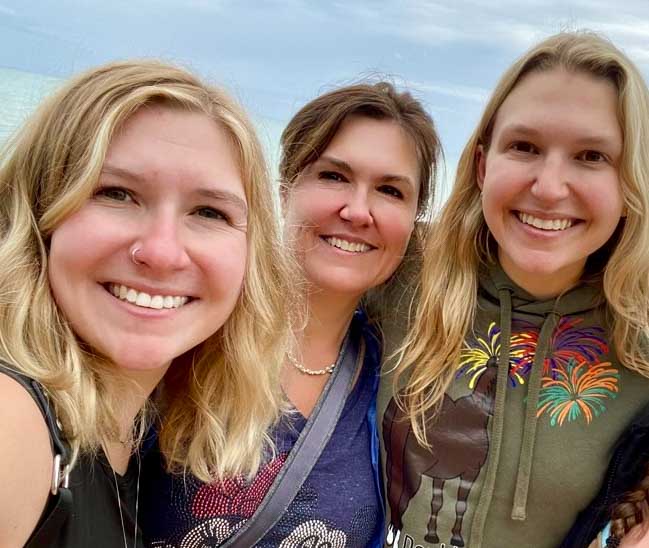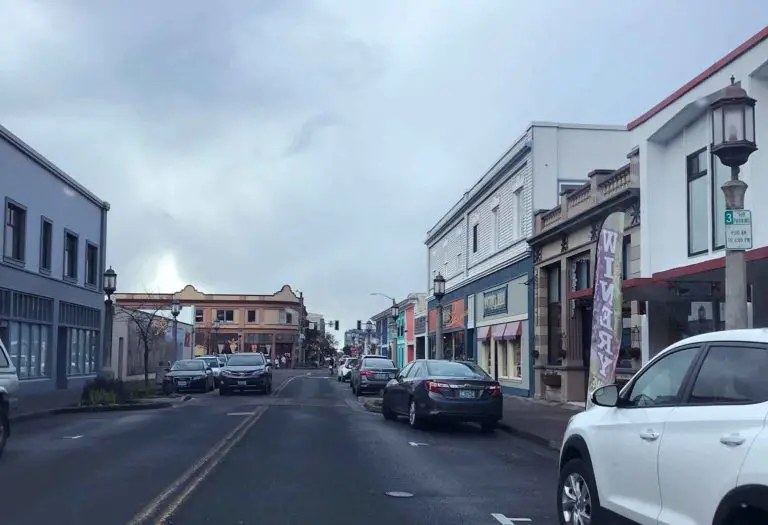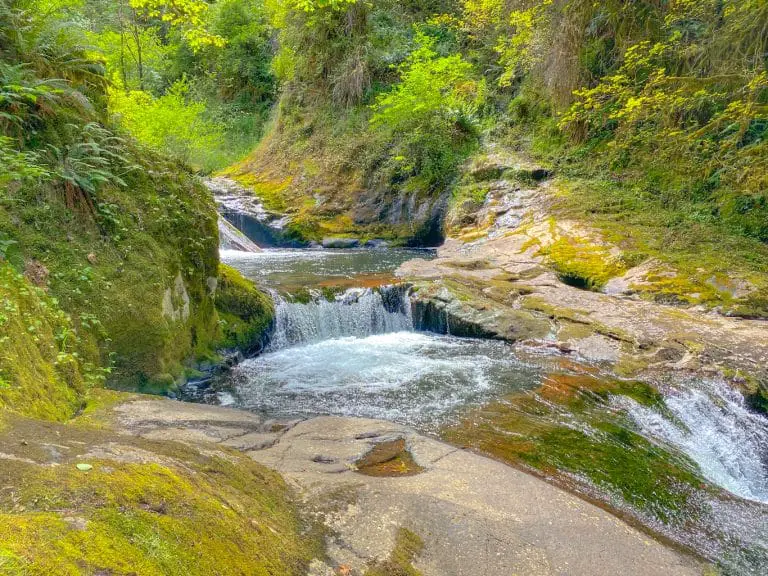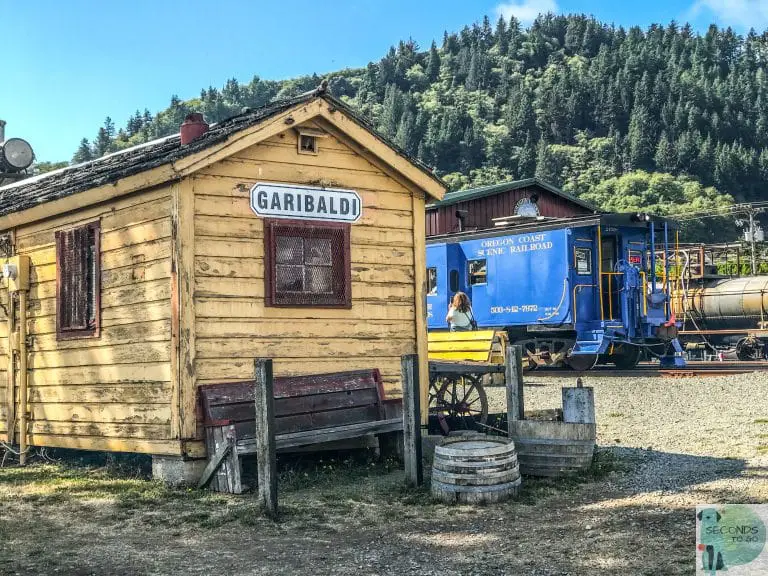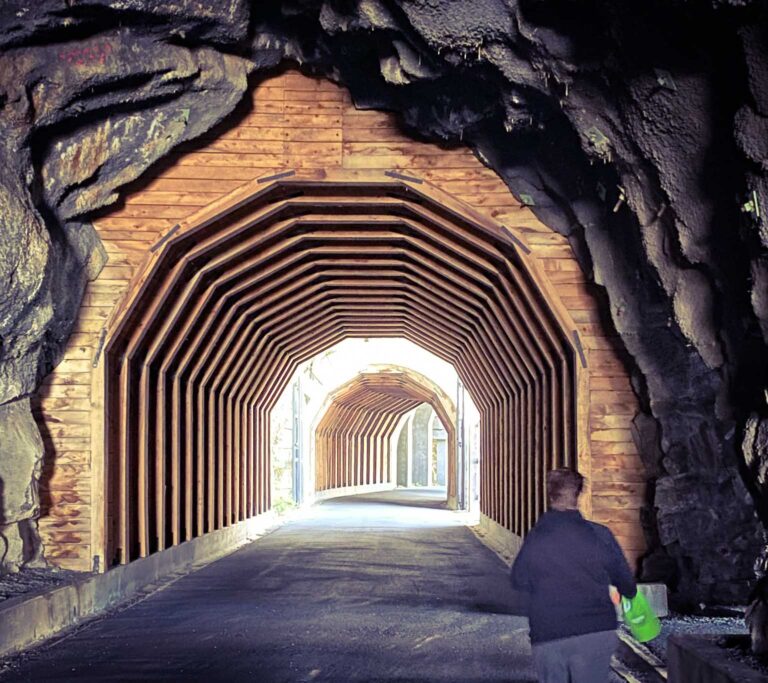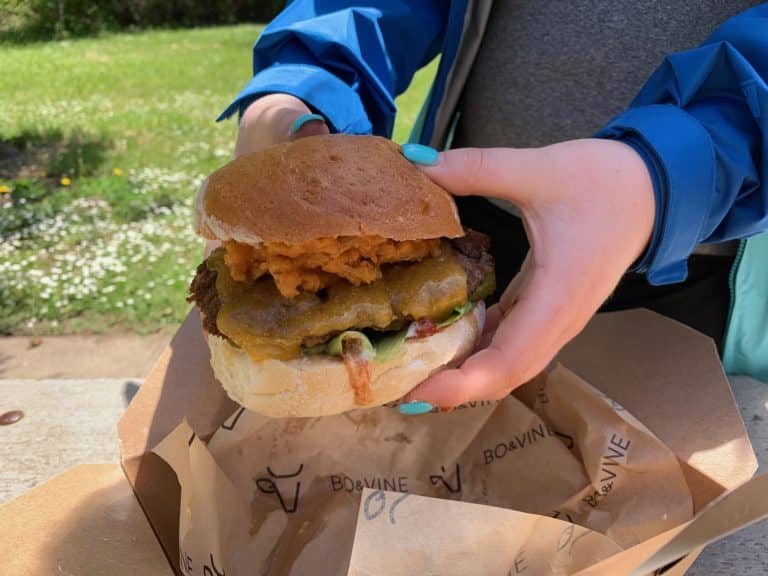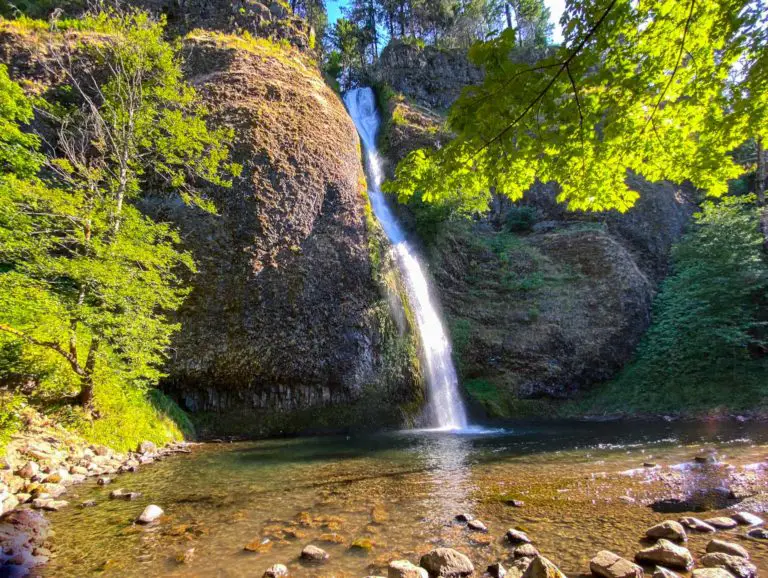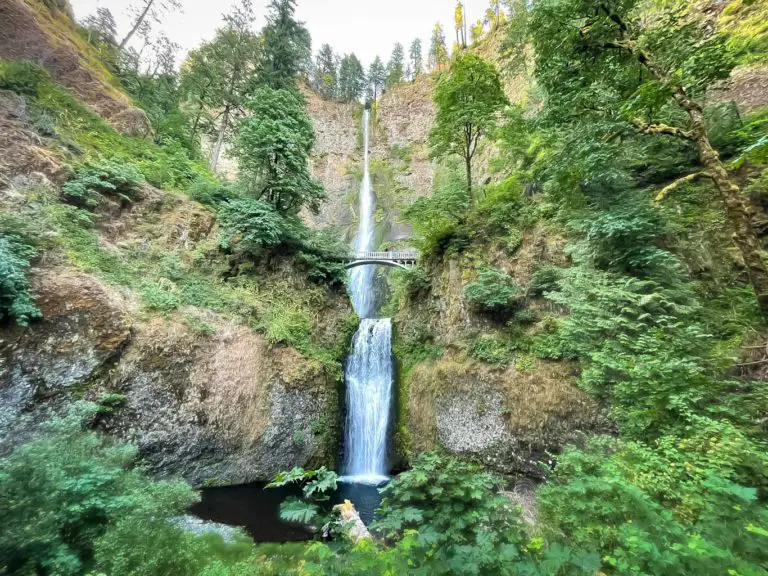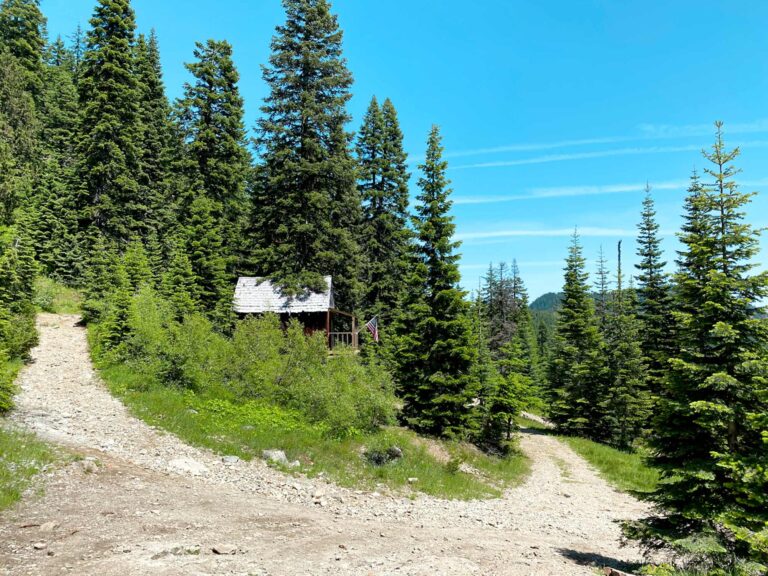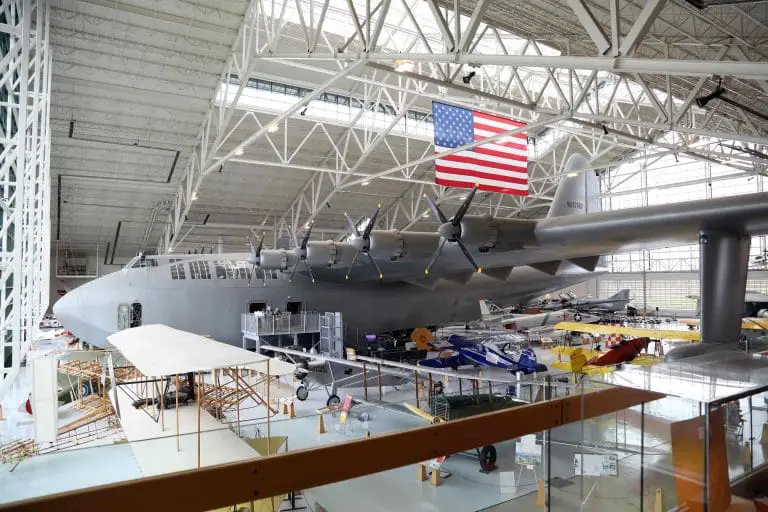Wildlife Images, Oregon’s Rehabilitation and Education Center helps injured, orphaned, and sick wildlife find a safe landing spot to heal and strengthen. Birds of prey, skunks, bears, rabbits, squirrels, badgers, and more call this place home, some permanently, but many, temporarily.
The History of Wildlife Images
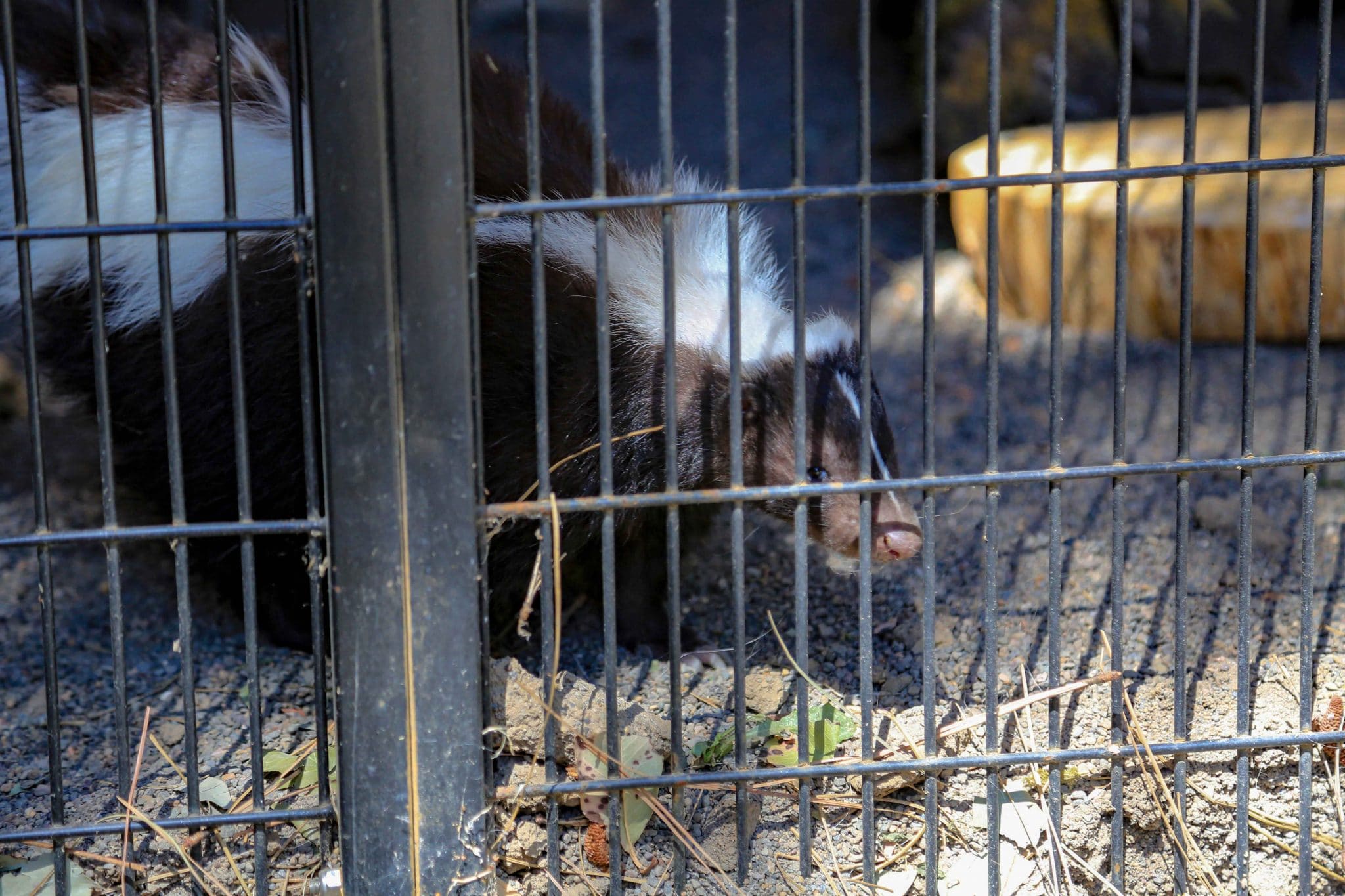
Wildlife Images was founded in 1981 by Dave and Judy Siddon. Dave Siddon was a renowned animal rehabilitator who dedicated his life to helping sick wildlife, as well as educating the community. For over 40 years, he grew the center and built up educational programs in schools and for the general public.
These programs still continue today as do Siddon’s efforts to rehabilitate the animals brought under the center’s care. Wildlife Images Oregon receives nearly 1200 animal a year that are in need of help.
While most animals are able to be rehabilitated and released, if an animal’s injuries are too severe to be integrated back into the wild, these animals become permanent residents, ambassadors of the educational program, or placed in programs elsewhere.
Additionally, many orphan animals are raised in the facility, and taught natural behaviors so they can be returned back to the wild. Wildlife Images in Oregon works very hard to limit contact between humans and these orphaned animals to avoid imprinting and an inability to survive on their own.
Unfortunately, some wildlife that make their way to the rehabilitation center are too injured to be helped. They are humanely euthanized to free them from pain.
Visiting Wildlife Images Oregon
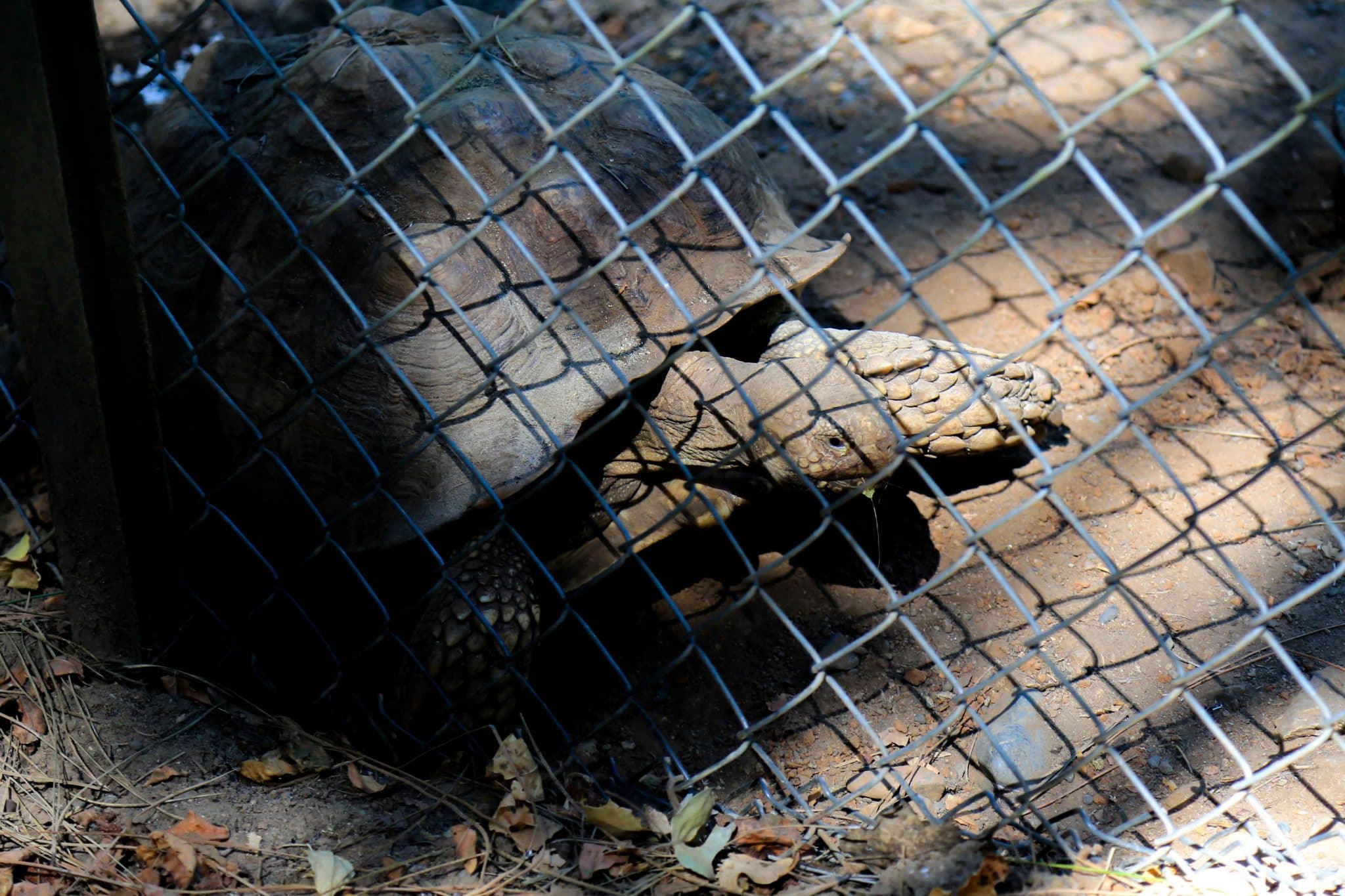
Wildlife Images Rehabilitation Center in Oregon offers tours year-round where you can visit the animals and learn about the program. When you arrive, enter the gift shop building and request a tour. During the slower months there is no need to book ahead of time. In summer, when tours fill up quickly, it is best to call ahead and reserve your spots, or book online here.
Please note: Wildlife Images Oregon Rehabilitation Center and Visitor areas are currently closed to the public for an important renovation. Animal care is still happening behind the scenes, and guests will be able to return once the center reopens soon, int he spring of 2024.
Tours last about 90 minutes and give you the opportunity to see many of the animals on the grounds. Tours are walking tours, which means you will be on your feet the whole time. The grounds are easy to navigate with mostly flat pathways.
We started our tour around Wildlife Images Oregon by entering a gate into where the animals are kept. First, we stopped at the badgers for a visit with Nubs and friends. When we toured, it was almost feeding time, so the badgers were quite active within their enclosures.
From here we were led to see a family of skunks, then the squirrels. A quick stop by the treatment center was next to show where the animals are brought back to health. During our visit, we weren’t able to see any of the animals under care, so we moved on after a brief explanation of how the clinic works.
While occasionally you can witness some animal care, don’t expect it. It is important to keep the wildlife calm and quiet during their procedures, and to limit human contact.
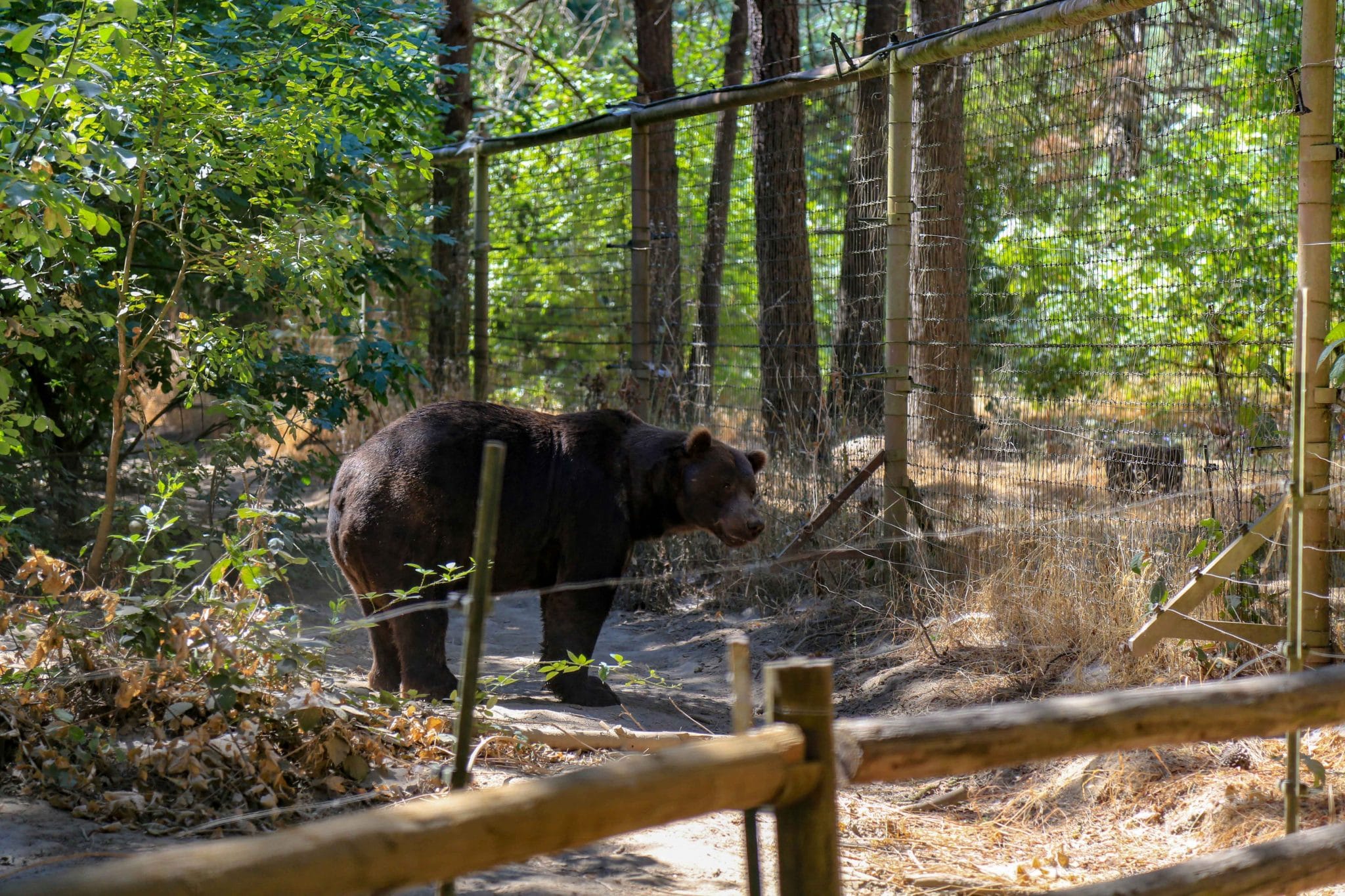
The tour then led up a small hill to Wildlife Images’ large mammal area. This is where you can see a grizzly bear, a black bear, wolves, and coatimundis, which are the racoons of the tropics. The wolves were in their den when we visited, but the bears were up and about, with one of them swimming in their pool.
The guide told us the bears came from a zoo that had closed. Wildlife Images is no longer allowed to rehabilitate bears, but their current bears are allowed to finish out their lives here.
Meanwhile, when we circled back to the coatimundis, they were pacing about, waiting for food.
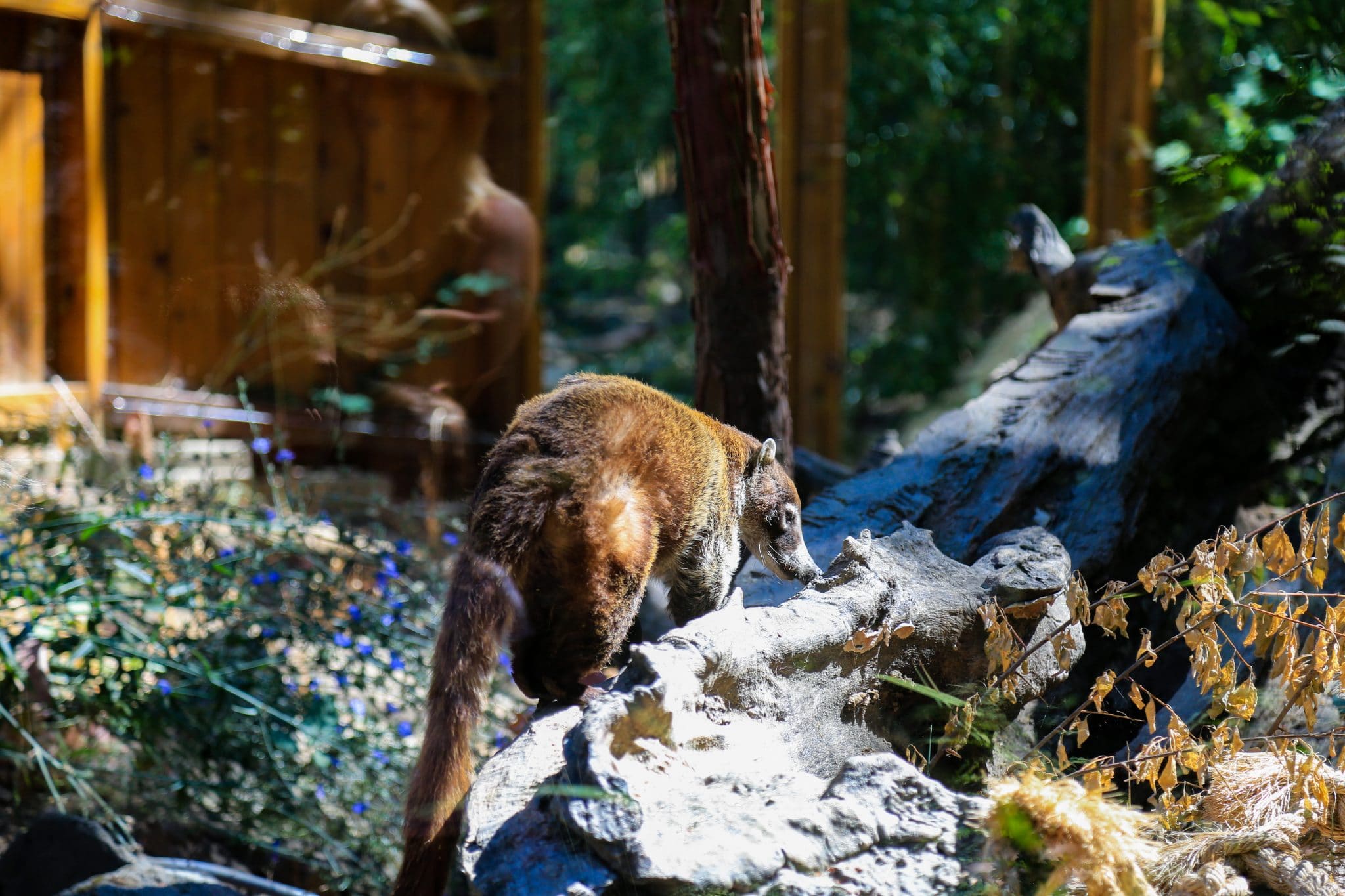
Next the tour wound back down the pathway and led up to the river otter enclosure. They were quite active, but a little shy well camouflaged, so expect to look carefully if you want to see them.
Next was the bird exhibit. There is a wide variety of birds at Wildlife Images Oregon. Some are here temporarily for care and are just awaiting their release.
The rest are permanent residents due to injuries that prohibit them from rejoining their natural habitat. The rehabilitation center does what it can to replicate nature and keep birds in permanent residence active and happy.
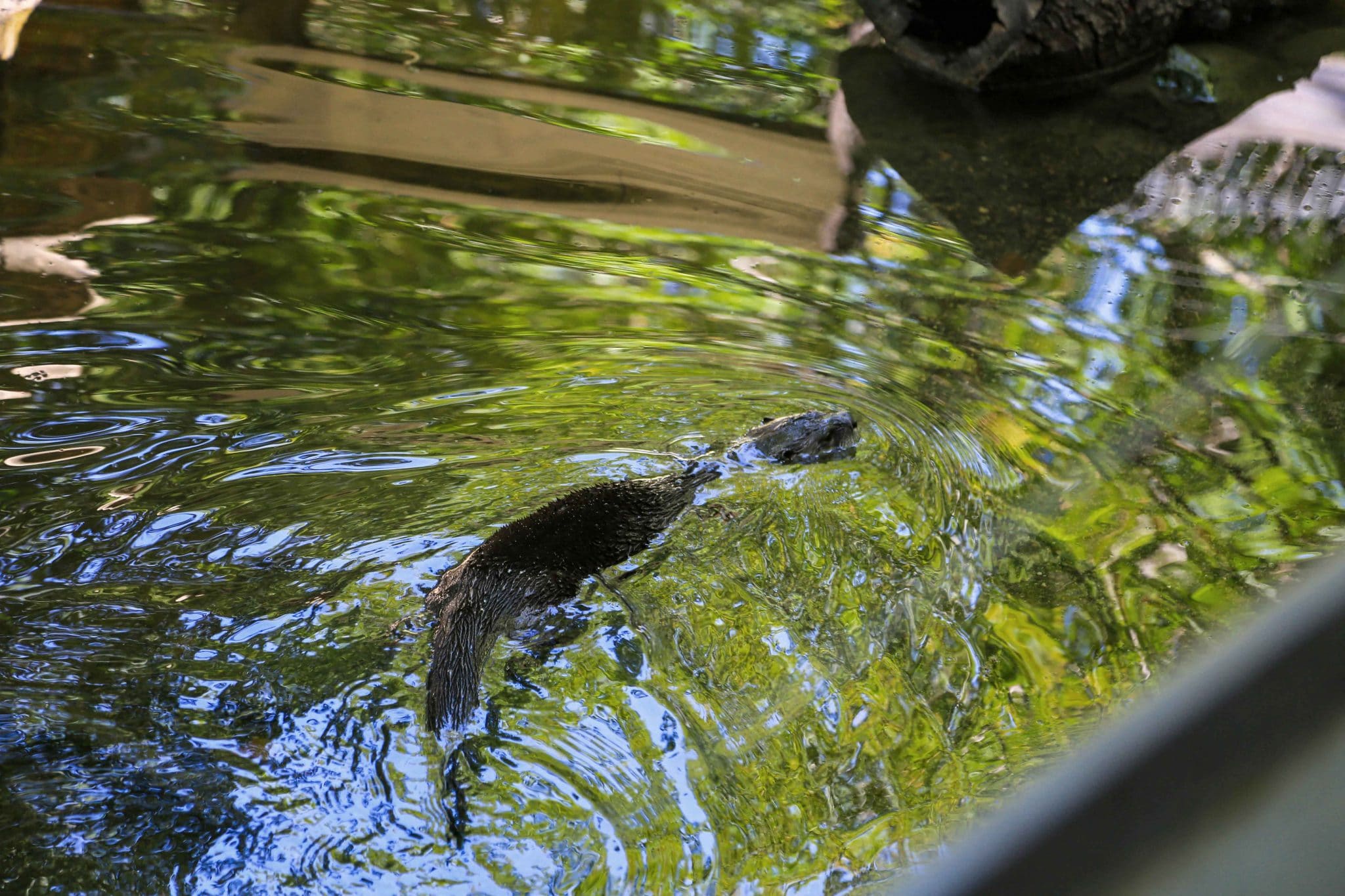
During our visit, many of the birds were out enjoying the sunshine. It was an amazing sight seeing these massive birds of prey just a few feet from where we stood.
The last part of the tour led into the non-prey bird enclosure. Here the birds are free range in a recreated environment, complete with a flowing river. The birds that call this exhibit home include ducks, an African ibis, cranes and more.
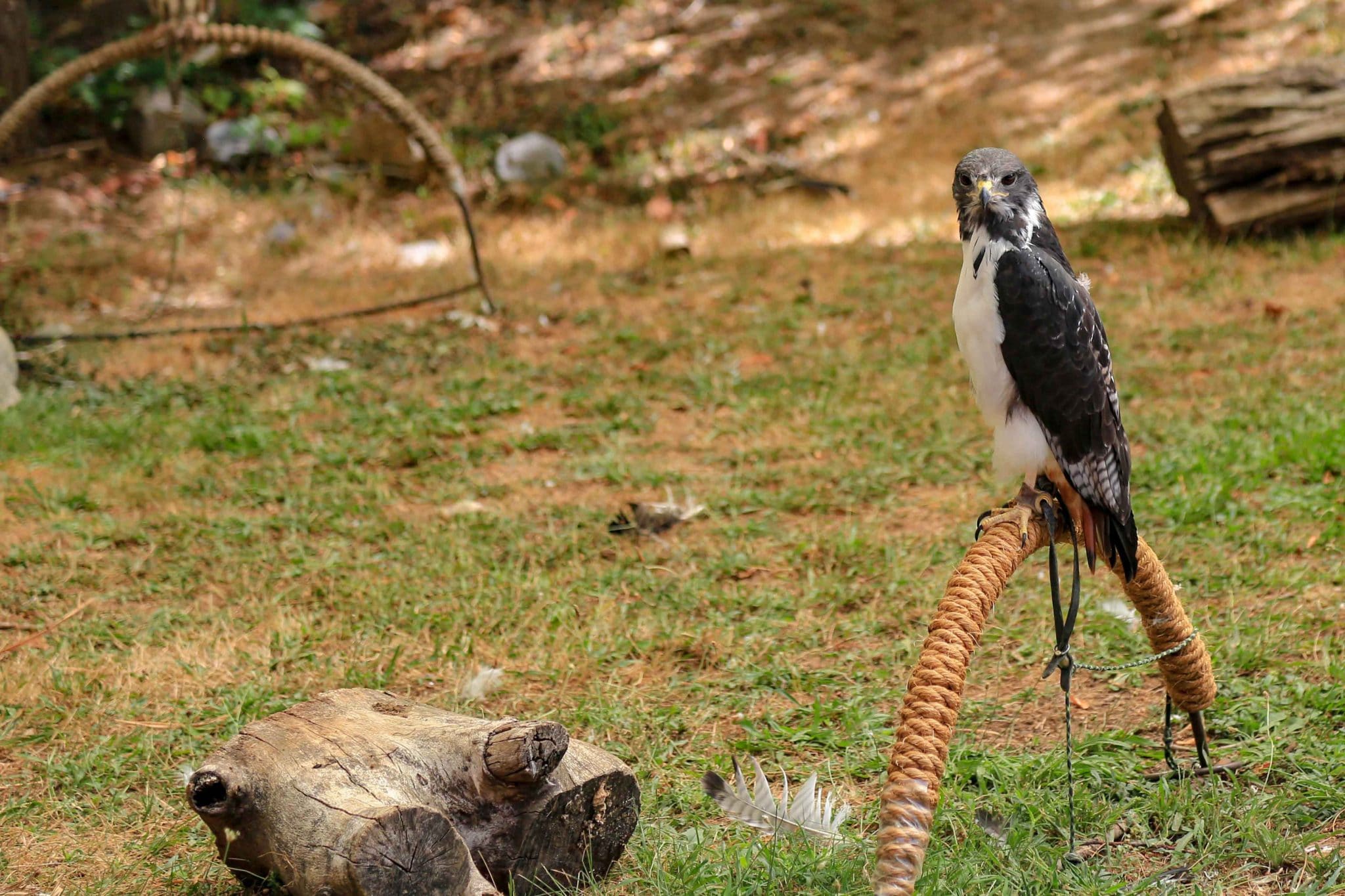
Donations for Wildlife Images Oregon
If you’re planning to visit Oregon, be sure to add this place to your list. Our trip to Wildlife Images in Oregon was both fun and educational, offering us the opportunity to witness up close the beauty and majesty of the animal world.
According to this video on Oregon PBS, the center uses the funds raised by people visiting the zoo to help fund their rehabilitation efforts.
Since the center receives over 1,000 injured animals a year, and no state or federal funding, donations are sincerely appreciated. To find out how you can help, visit Wildlife Images Oregon donation page.
Wildlife Rehabilitation in the State of Oregon
The state of Oregon is dedicated to the care of its wildlife. According to the Oregon Department of Fish and Wildlife (ODFW,) animal rehabilitators in the state “are permitted by ODFW and governed by a set of rules.”
These rules outline the species rehabilitators are allowed to help, rules for helping these animals, and other protocols. Wildlife that are considered “invasive” by the state of Oregon are not allowed to be rehabilitated, but may be humanely euthanized to free them from pain.
According to ODFW, the most common wildlife that are seen in rehabilitation centers, and are rehabilitated are black tail and mule deer, for mammals, and the Brewer’s Blackbird, and Western Bluebird. For a full list of commonly rehabbed species in Oregon, click here.
What to Know Before You Go to Wildlife Images Oregon
The center is currently closed to the public for refurbishment, so no tours are available until its reopening in spring 2024.
- Wildlife Images Oregon is Open year round.
- The tour of Wildlife Images last 90 minute.
- Ticket cost: (prices updates 2/28/24, be sure to check here for current pricing.)
- Adults: $20
- Seniors: $17
- Youth (4-17 years old): $12
- Children under three: free
- All ticket proceeds go toward funding the
rehabilitation of wildlife.
- Golf cart tours are available.
- No Pets Allowed- they may scare the animals.
- Parking is adequate with an overflow available for larger recreational vehicles.
- No smoking allowed on grounds.
- Wheelchairs and a pull along wagon for toddlers are available for use.
- Bathroom available in gift shop.
- Donations aside from your ticket price are greatly appreciated.
- Group rates are available, but require an advanced reservation.
